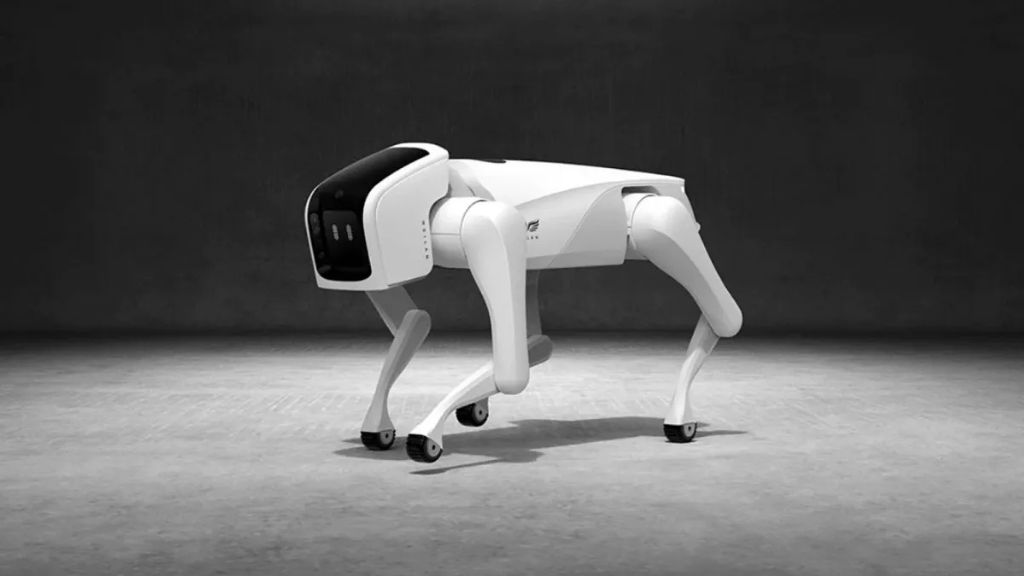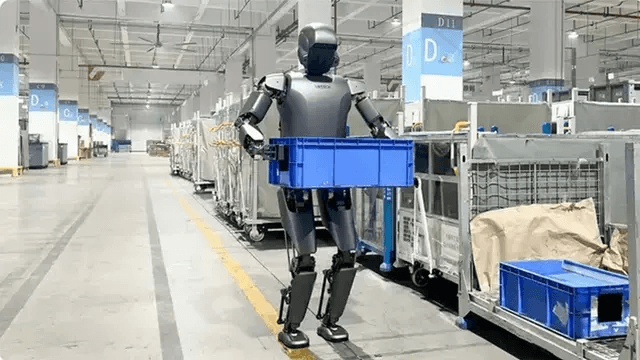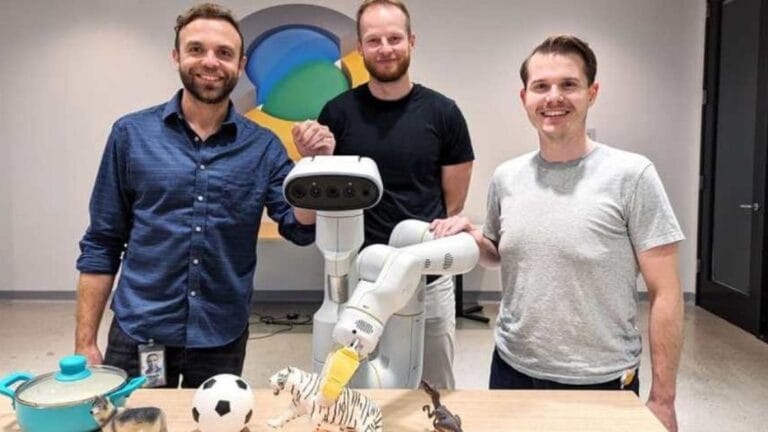
Advances in artificial intelligence (AI) are revolutionizing the way robotic dogs, or ‘robodogs’, interact and move within the complexities of the real world. Researchers at prestigious institutions, including MIT, have developed platforms like “LucidSim,” where these four-legged robots can practice and refine their navigation skills in simulated environments before tackling actual physical challenges.
In a groundbreaking development, a collaborative effort between researchers at MIT and companies like Boston Dynamics has led to significant improvements in how these AI-powered robots perceive and navigate their surroundings. Utilizing a combination of image generation by AI and real-world physics simulation, these robots can now engage in activities such as playing fetch, climbing over obstacles, and even maneuvering through complex environments, all with a level of proficiency that was previously unattainable.
Ge Yang, a researcher at MIT involved in the project, explains, “By training robot dogs in a virtual environment that closely mimics the real world, we can significantly reduce the time and cost associated with real-world training. This not only speeds up learning but also makes the robots more adaptable and resilient to unexpected situations.”
The “LucidSim” platform incorporates a generative AI model to craft diverse virtual landscapes, from rugged terrains to urban settings, allowing robots like Boston Dynamics’ Spot to learn from a vast array of scenarios. This AI training is complemented by real-world data, ensuring that the simulations are as lifelike as possible. “The integration of AI into the training process allows for a dynamic learning environment where the robots can evolve their navigation strategies rapidly,” adds Yang.
The implications of this technology extend beyond mere locomotion. According to recent findings, these AI-enhanced robot dogs could soon play roles in disaster response, where they can navigate through debris or hazardous areas to locate survivors, deliver essential supplies, or even assist in search and rescue operations. The ability to quickly adapt to new environments makes them invaluable in scenarios where every second counts, and human navigation is either too slow or too dangerous.
Moreover, posts on X (formerly known as Twitter) from users like @SpirosMargaris and @TiliangDeng have reflected a growing interest and excitement in the capabilities of these AI-driven quadruped robots, highlighting their potential for both consumer applications and industrial use.
However, while the advancements are promising, there are still challenges to overcome, such as ensuring the robots can handle unforeseen real-world variables not captured in simulations, like slippery surfaces or sudden weather changes. Additionally, the ethical implications of deploying autonomous robots in sensitive environments, like military operations, as hinted by discussions around AI in defense, prompt a necessary dialogue on regulation and safety protocols.
Experts in the field caution that while AI’s role in robotics is expanding, constant refinement and testing in controlled environments are crucial before these robodogs can be fully trusted in complex, unpredictable real-world settings. Yet, with each step forward, the vision of robots seamlessly assisting in everyday life and emergency situations becomes more tangible, promising a future where man’s best friend might just be a machine with an AI brain.






